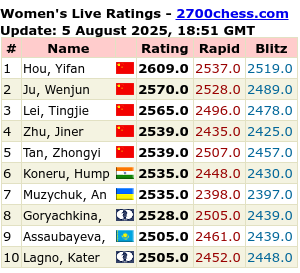I am told that variety is needed in training, so, as a change from my usual d4 & London System I have started to play 1.e4 as white, .
It is quite pleasant meeting king pawn openings again, though I admit that since I am playing e4 to aim for my own choice of openings, although I do encounter the Sicilian at times ( met by a twist of the Réti Gambit ) or the French ( met with the plain Réti Gambit ), I usually see e5, and end up playing a variation of the Centre Game, at one time the preferred way for me to avoid main e4 openings.
An enjoyable, and tactic-filled opening, especially if Black follows the 'main line' and accepts the gambit pawn.
Declining it, or playing less known variations allows a more placid and manoeuvring game, which is perfectly enjoyable.
In a recent 15 minute game, I had much the better of the play, but in the position below, I missed a lovely opportunity to display my tactical genius, as well as take a significant advantage in the game.
 |
| White to Play |
As I was putting the focus on my Queen, and the plans around the attack down the g-file, I missed the best move.
I had considered Black's response of b4, so that was uppermost in my mind, but the major failing was not to replay previous analysis, and sticking with a pre-planned and fixed idea.
I played the decent move of Qe3, but if I had looked all around the board and thought a bit more I would have found a much better move, as I am sure, dear reader, you will !







